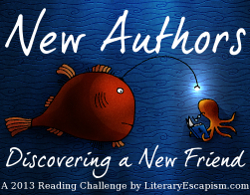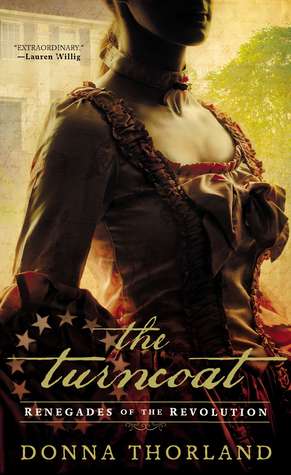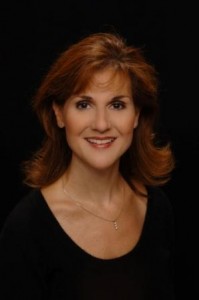Source: Purchased at Novel Places (which unfortunately had a ripped page and a ton missing) and borrowed from Anna
Paperback, 384 pages
I am an Amazon Affiliate
Definitely Not Mr. Darcy by Karen Doornebos demonstrates just how hard it would be for a modern woman to give up not only email and cellphones, but also the behavioral freedoms we take for granted in our everyday actions. Chloe Parker’s business is nearing insolvency, and with a daughter to care for and an ex-husband with a high-powered job ready to swoop in and take over at any moment, she has little choice but to jump at the best chance she has for getting a large sum of cash quickly. Auditioning for an Austen-inspired documentary, Chloe thinks that she’s found the perfect solution, until they call her to England to take part in not a documentary, but a reality tv show, much like The Bachelor. The twist is that she cannot have any contact with the outside world, has to give up all modern conveniences, and live by the mores and social constructs of 1812.
“She gave up pink drinks and took up tea long ago.
Chloe Parker, even after her divorce, still dreamed of a more romantic era. An age when a lady, in her gown and gloves, would, for sheer amusement, banter with a gentleman in his tight breeches and riding boots, smoldering in a corner of the drawing room.” (page 1)
She finds herself in the English countryside enjoying her additional free time to draw and take up crafts she never had time for when she was caring for her daughter and running her business. While she does worry about how her daughter is faring with her ex-husband looming in the background with his new fiancee and living with her parents, Chloe finds that she’s enjoying the step back in time. Men were more charming and courteous, bowing and only talking to women they were introduced to, and they even catered to the women’s every comfort, even if it was mostly out of duty. What she finds she doesn’t care for is the constraints on female behavior — the inability to apologize to men directly, to talk to men you are not formally introduced to, and to tell rivals exactly what you think of their behavior.
Definitely Not Mr. Darcy by Karen Doornebos is a novel about how we romanticize the past and put blinders on when it comes to what we think will bring us the most happiness. It’s about seeing what is right in front of us and learning to grab onto it and hold it tight. Chloe needs to take a chance, step outside her comfort zone, and learn to reach for the stars, even if the risk of failure is great and the adventure itself is a scary one.

Once an award-winning copywriter for brands such as Diet Coke and Johnnie Walker, I switched to tea with my debut novel, Definitely Not Mr. Darcy, now published in three countries. Undressing Mr. Darcy, my second novel, has garnered four stars from RT Book Reviews. I graduated with honors in English Literature from the University of Wisconsin-Madison and lived and worked in London. That inspired my books, but the reality of life in a Chicago suburb with my husband, my son, daughter, and various pets provided the opportunity to write it. Check out her Facebook page, GoodReads page and follow her on Twitter.




 About the Author:
About the Author:


 About the Author:
About the Author:
 About the Author:
About the Author:
 About the Author:
About the Author:

 About the Author:
About the Author:

 About the Author:
About the Author:
 About the Author:
About the Author: About the Author:
About the Author:


